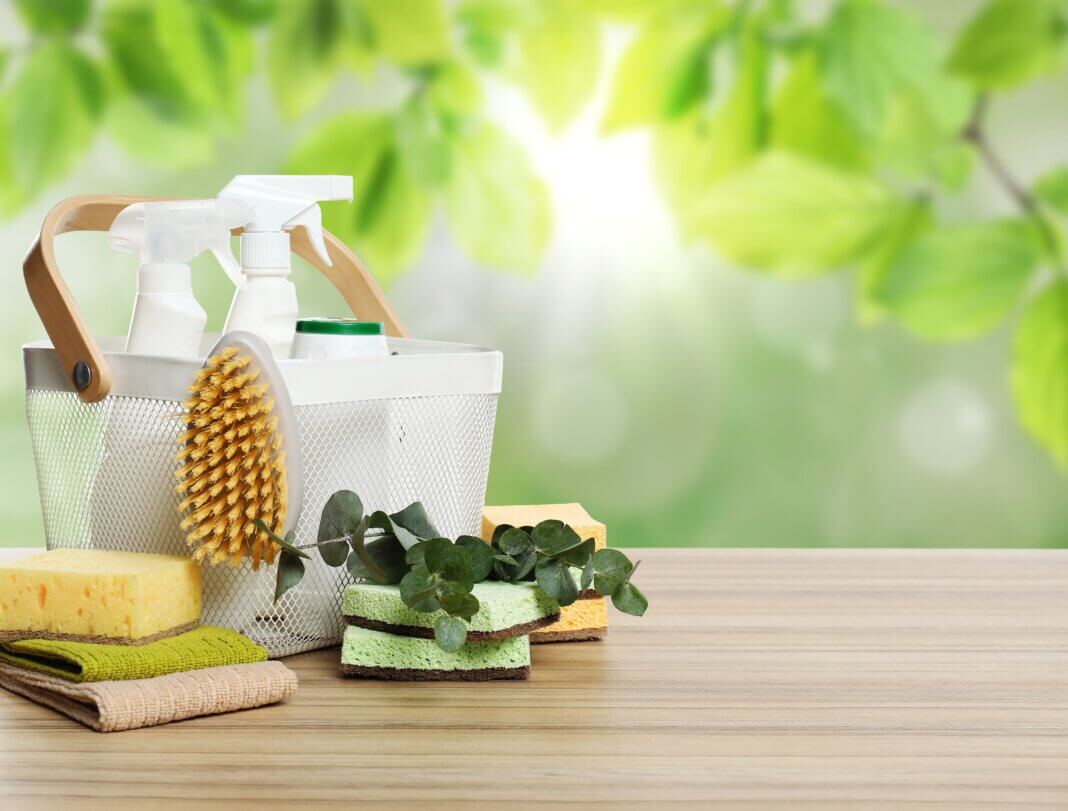10 Sustainable Swaps to Consider Bringing Into Your Home
By Cora Gold
When people build their dream house, they generally focus on comfort and aesthetic appeal. Consider adding ‘being green’ and conserving energy to the list, as your personal habits can impact the environment and your overall lifestyle. To help you on your journey, here are 10 sustainable swaps to bring into your home.
1. Find Reusable Shopping Bags
Plastic from single-use bags at malls, grocery stores, and other locations accumulates quickly. Search for eco-friendly tote bags to reuse when heading outside. If you have reusable bags readily available in your home, you’ll reduce your reliance on plastic and contribute less waste.
2. Utilize Durable Food Storage
When you’re prepping meals at home, consider looking for more durable food storage options. Plastic containers can be relatively flimsy and wear out over time. Once they’ve run their course and you discard them, they will take a while to decompose. Stainless steel or glass is more eco-friendly — plus, these materials adapt better to various temperatures.
3. Seek Green Cleaning Products
Eco-friendly cleaning products made with natural ingredients should lack ozone-depleting chemicals, human carcinogens, and corrosive substances. You can also explore other unconventional cleaning ingredients, such as baking soda and vinegar. Some people even crush eggshells to create powerful scrubbing agents.
4. Use Compostable Sponges
Scrub sponges are essential for washing dishes in the kitchen, cleaning bathroom walls, and many other tasks. Fortunately, there are eco-friendly and plant-based alternatives available for use. Once they reach the wear-and-tear stage, replace them with another biodegradable unit and use the old ones for composting.
5. Grow Fresh Herbs
Plant some fresh herbs in your garden. Constantly heading out for basil, thyme, cilantro, parsley, and other easy-to-grow plants can increase your carbon footprint. Swapping out store-bought for homegrown can be more cost-effective and sustainable in the long run.
6. Look for a Washable Rug
Look beyond design carpeting and consider functionality in addition to style. A washable rug means having fewer replacements and less dust or debris that can cause allergic reactions. Machine-washable ones are especially helpful since they save time and energy on cleaning by hand.
7. Repurpose Old Clothes
Instead of throwing clothes you no longer wear into the garbage, cut them up into pieces and use them as cleaning cloths. Depending on the quality, they should be washable and reusable. You’ll also save money by using what you already have at home.
8. Thrift Your Decor
Look for sustainable decor in thrift stores and antique shops. Repurposing art pieces contributes to a circular economy and minimizes material waste. Plus, you’ll be able to find unique pieces that can beautify your home. If something has potential but isn’t perfect, it can provide an opportunity to test your DIY skills.
9. Be Smart About Your Bathroom Essentials
Regularly used bathroom products like toilet paper can be more sustainable if made from bamboo or recycled paper. Plenty of bar versions of shampoo, conditioner, and soap use minimal to no packaging. These options are more environmentally friendly than their liquid counterparts, which come in plastic bottles.
10. Install Energy-Efficient Lighting
Illuminate your home with ENERGY STAR-rated LEDs. They utilize 75% less energy compared to incandescent lighting, which can be a big difference if you have numerous fixtures. You can also look for other energy-efficient appliances or swap out your regular batteries for rechargeable ones to help conserve resources.
Create a More Sustainable Home
From food storage to home decor and more, there are many ways to make your home a little greener. Use these tips to forge a more eco-friendly space. Future you and the environment will thank you for your efforts.
About the author: Cora Gold is a sustainability writer who aims to live a healthy, low-waste lifestyle. Read more from Cora in Revivalist magazine, LinkedIn, and Twitter.
